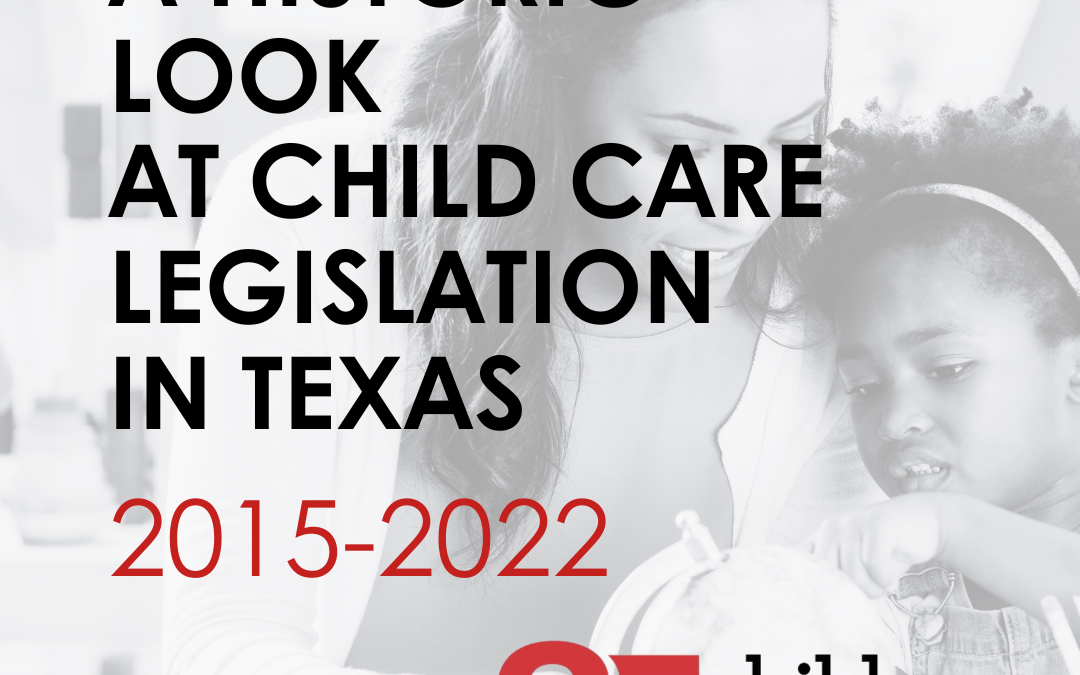ADVOCATING IN SUPPORT OF HB 213
Mandi Kimball, Vice President & Chief Government Affairs Officer with CHILDREN AT RISK, testifies in support of H.B. 213 during the March 18, 2025 Texas House Committee on Public Education. HB 213 is a re-filed bill and passed this committee and the full House last session.
Scope of the Problem
In 2024 Children at Risk analyzed data obtained from the Texas Education Agency. Chronic absenteeism rates increased in Texas from 11% in 12018-2019 to 20% in 2022- 2023.
• More than 936,201 students missed at least one-tenth of their instruction in 2022- 2023.
• Chronic absenteeism rates vary across regions. Within this committee alone, your districts range from 15% to 31% of students identified as chronically absent. The rate of chronic absenteeism for special education students is 25%.
• Students who are chronically absent in Pre-K, kindergarten, or first grade are less likely to meet the appropriate third grade reading levels.
• A student who is chronically absent in any year between eighth and twelfth grade is seven times more likely to drop out of school.
So What Are We Going To Do About It?
HB 213 is a bill about support, transparency, and accountability. The bill does three things:
• Creates a definition for chronic absenteeism in the Texas Education Code as a student who misses 10% or more of instructional time within an academic year for any reason. Texas cannot effectively implement strategies and assist chronically absent students without a statewide definition of the problem it is trying to fix.
• Adds chronic absenteeism to the “at risk” category to better support students who are chronically absent and therefore at risk of dropping out. This change ensures that existing funding can be used to fight chronic absenteeism.
• Requires TEA to report to the Texas Legislature and the general public the rates of chronic absenteeism and district and state efforts to reduce it. Transparency increases effectiveness.
How does this connect to truancy?
In our conversations with legislative offices, we are quite often asked to explain the difference between truancy and chronic absenteeism. Students who are truant are indeed chronically absent in many cases. However, there are many reasons behind chronic absenteeism that are beyond students’ control, such as:
• Illness of student or relative
• Lack of engagement in school
• Lack of transportation to and from school
• Involvement with child welfare or juvenile justice
• Bullying
• Homelessness
• Health and dental issues
• Frequent changes in living situations
With a statewide chronic absenteeism definition and robust data, we can address causes of chronic absenteeism and adequately support at-risk students.
Stay Informed
Sign up for our Advocacy Action Alerts for updates during the legislative session, our latest research, policy analysis, and ways you can take action!
READ MORE FROM C@R

Advocates Convene in Support of New DACA & Parole in Place Executive Orders on Immigration
Advocates Convene in Support of Recent Executive Orders on Immigration Texas advocates applaud federal efforts to stabilize families and empower economic prosperity for undocumented spouses and Dreamers. Media Contact: Rashena Flagg, 713.301.4577 CHILDREN AT...

Transparency, Quality, Efficiency: A historic look at child care legislation in Texas
Governor Greg Abbott, Lieutenant Governor Dan Patrick and the Texas Legislature have worked hard for years to improve child care for working parents. Due to smart bipartisan legislation and gubernatorial action in the past decade, Texas now has a more accountable and...
2024 C@R Special Events
Special Eventsconvening for change Every dollar donated helps us improve the lives of Texas children. CHILDREN AT RISK is a 501(c)(3) non-profit organization (EIN: 76-0360533). Contributions are tax-deductible to the fullest extent allowed by law. It is with immense...